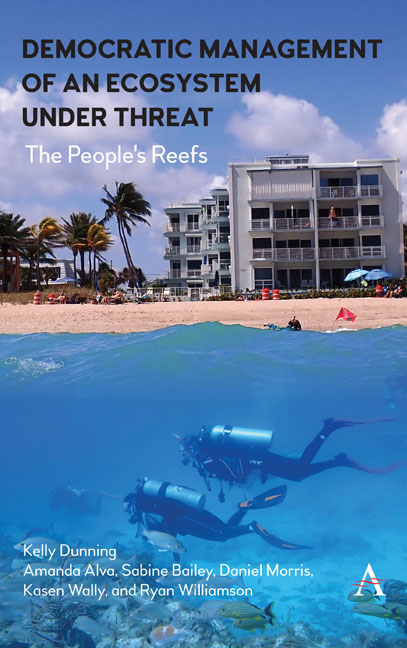Book contents
- Frontmatter
- Contents
- Miscellaneous Frontmatter
- Part 1 The Climate Change Challenge to Coral Reefs That Will Require Conservation Theory And Practice to Evolve
- Part 2 Case Studies
- Part 3 Summary and Conclusions
- Appendix Chapter 5
- Appendix Chapter 6
- Appendix Chapter 7
- Appendix Chapter 8
- Appendix Chapter 9
- Index
Chapter 1 - Introduction
Published online by Cambridge University Press: 28 February 2024
- Frontmatter
- Contents
- Miscellaneous Frontmatter
- Part 1 The Climate Change Challenge to Coral Reefs That Will Require Conservation Theory And Practice to Evolve
- Part 2 Case Studies
- Part 3 Summary and Conclusions
- Appendix Chapter 5
- Appendix Chapter 6
- Appendix Chapter 7
- Appendix Chapter 8
- Appendix Chapter 9
- Index
Summary
In 2019 I was working for a small non-profit on the northern coast of Haiti, near the port city of Cap-Haïtien. Historically, Cap-Haïtien was nicknamed The Paris of the Antilles for its great wealth and beauty as a former French Colony (see figure 1.1) (Liss & Knight, 1991). Today, Cap-Haïtien remains quite beautiful, retaining much of its colonial-era architecture, which is now steeped in vibrant Haitian culture and nestled between lush mountains and a sprawling turquoise bay. My work there involved coral reef restoration, or replanting coral to help bring the reef back to its former glory, and thus the brilliant blue waters are where I spent most of my time. Despite Haiti's rugged beauty, environmental degradation is abundant, and its coral reefs are heavily impacted. Much of the loss of coral reefs is due to there being a lack of ways to manage waste, pollution, overfishing, coastal development and a lack of cohesive environmental governance, which we define as political management combining government, non-profits, public participation and private-sector interests (Creary et al., 2008). Governance and government are not the same things, and this distinction is necessary for our book's central arguments to unfold. Government intervention includes actions like a fish and wildlife agency instituting catch-limit regulations on a fishery, whereas governance includes the activities of other actors such as communities, businesses and non-governmental organizations or NGOs (Lemos & Agrawal, 2006).
On an otherwise tranquil morning dive, I began to witness these impacts firsthand. A large shadow passed slowly over me, which turned out to not be a floating patch of Sargassum, a genus of seaweed commonly found in the Caribbean. Instead, it was an enormous floating mass of single-use plastics, such as the small yellow plastic vinegar bottles typical of Haiti (see figure 1.2). This marine debris had washed down from the mountains during a storm the night before, and was symbolic of the immense challenges facing Haitian coral reefs. Beachgoers as far as Corpus Christi, Texas, in the United States commonly find these same yellow vinegar bottles washed up on Gulf of Mexico beaches nearly 3,000 kilometers away, with missing diamond shapes, from bites taken from the bottles by sea turtles. The interconnectedness between coastal communities can often be traced in such a way.
- Type
- Chapter
- Information
- Democratic Management of an Ecosystem Under ThreatThe People's Reefs, pp. 3 - 12Publisher: Anthem PressPrint publication year: 2023



